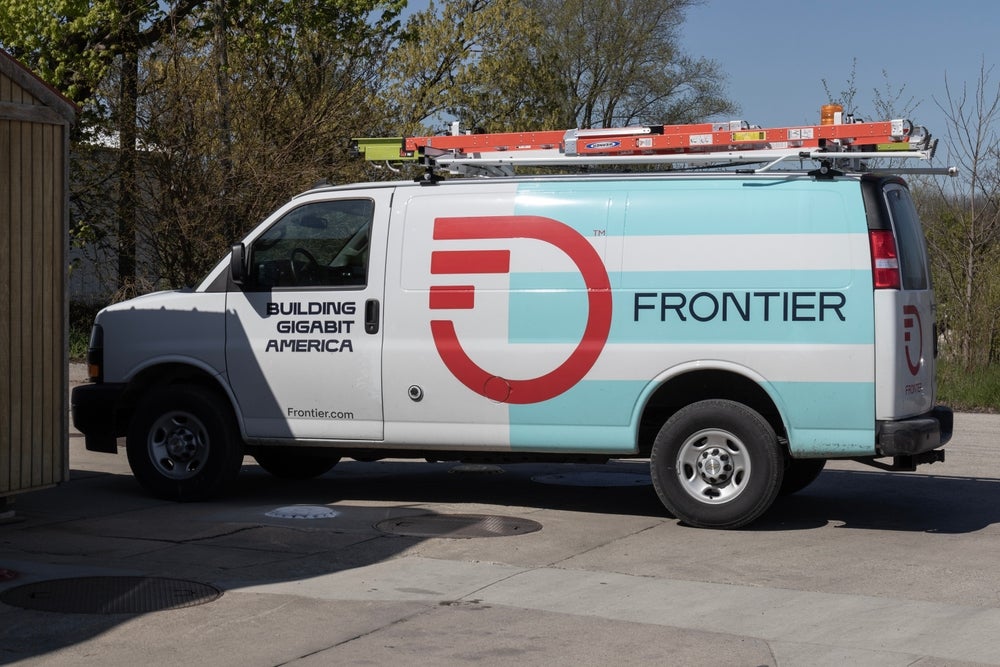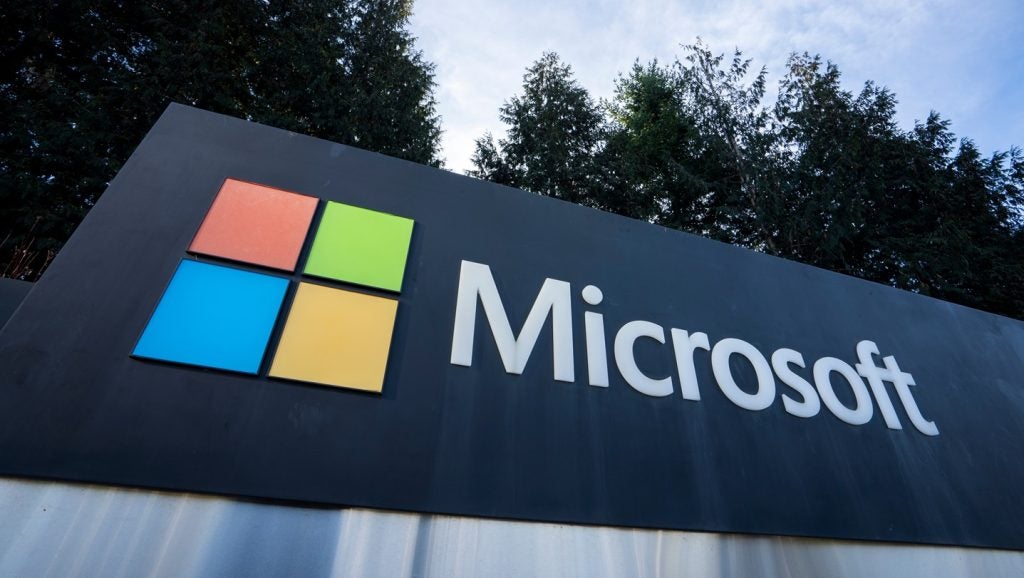Frontier Communications took its Q2 2024 turn on the earnings hot seat at the end of a topsy-turvy two weeks for the US home internet space, a period which saw escalating disconnects among the US cable players, continued success for fixed wireless access (FWA), another big fibre splash from T-Mobile, and all manner of convergence-themed chest thumping.
The results from Frontier and the soundbites from imminently quotable CEO Nick Jeffrey underscored both the market dynamics driving the US consumer space and the continued turnaround for a company swimming counter to some of those very same currents (for now).
Frontier keeps putting its best fibre foot forward
Q2 2024 saw Frontier set personal bests for both its fibre buildout pace and its fibre customer acquisition. The 388,000 new fibre passings put Frontier at 7.2 million total, or approximately 72% of the way toward its current end-target of 10 million.
Moreover, Q2’s 92,000 net new fibre broadband customers represent a robust 18.6% year-over-year (YoY) increase – impressive given that subscriber growth comes at a premium in the US residential internet space these days.
Consumer fibre broadband revenue was up 22.8% YoY, with over 60% of its customer now subscribing to speed tiers of a gigabit or higher. As further evidence of just how far the company has distanced itself from being “one of the most unloved brands in one of the most hated sectors,” Frontier noted a 20-point net promoter score improvement among its fibre customers in the last year.
The slings and arrows of the pure play in a converging market
During its Q2 2024 earnings call, Frontier CEO Jeffrey served up a number of convergence-themed soundbites.
However, the real corker came near the end of the Q&A, in response to a question on whether Frontier needed an MVNO (mobile virtual network operator) to compete in a converging US consumer services space.
Leaning into his long European telco experience, Jeffrey started by sounding a note of inevitability: “First of all, I don’t think there’s a market anywhere in the world where once convergence starts, it slows down or stops. So, it tends to accelerate driven by asymmetry of market share, asymmetry of product availability, and asymmetry of technology cycles.”
Then, however, came something of a qualified pivot. After both noting the tranches of wireless experience among Frontier’s executive ranks and the fact that it’s already done the “pre-work” to launch wireless service, Jeffrey went on to say, “We will be led by the data on this, and what the data is telling us is we don’t need mobile… yet.” With Frontier just hitting 45.3% base fibre penetration in its mature footprint, “the best current use of [its] capital continues to be building and selling fibre, without the distraction of new product launches for cellular, reeducating our channel, reconfiguring our web-based markets, and all of that sort of stuff.”
So, recognising that convergence trends don’t abate once started, Frontier has done the preparatory kicking of tires to launch a wireless offer when it actually must. That said, there’s another reason beyond the data points for its delay.
Frontier’s ongoing strategic review is a caveat
One of the opportunities no doubt being bandied about in Frontier’s ongoing strategic review – started in January 2024 in response to activist investor Jana Partners – is the possibility of a joint venture (JV) to explore the opportunity for fibre buildouts beyond Frontier’s current target. Fibre JVs are all the rage in the US these days, particularly during this prolonged windup to the federal government’s infusion of $42.5bn in infrastructure funding via the Broadband, Equity, Access, and Deployment Program.
Given the long-tail advantage of being the first fibre operator to hit a given neighbourhood, Frontier won’t allow arrangements made for an MVNO to muddy negotiations on a fibre JV. Consequently, a Frontier MVNO is off the table until the strategic review is over, regardless of the ongoing traction its cable rivals are seeing with their own wireless strategies.
In the interim, the marketing efforts from the tidal surge in fixed players’ nascent MVNO efforts across the board should at least increase consumer awareness for converged service offerings, hopefully making the water warm when Frontier finally decides the time is right to swim with the current.








